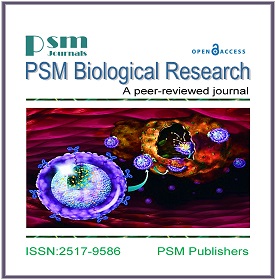Role of Quercetin against Polychlorinated Biphenyl (Aroclors 1242 and 1254) induced Changes in Biochemical Parameters and Antioxidant Status in Liver, Kidney, Brain, Heart and Testes of Rats
Keywords:
Aroclors 1242 and 1254, Quercetin, Rats, Oxidative stress, Antioxidants, IgG, Biochemical parameters.Abstract
Polychlorinated biphenyls (PCBs) are lipophilic environmental pollutants that have been found in practically every component of the world's ecosystem as contaminants. PCBs have been proven to induce lipid peroxidation via causing oxidative damage to biomolecules, antioxidant enzyme regulation, and oxidative stress. In this research, we looked into the effect of quercetin on the antioxidant status of PCBs(Aroclors 1242 and 1254)-induced toxicity in male rats. The protective role of quercetin (50 mg/kg body weight/day) was evaluated in the mixture of Aroclors 1242 and 1254-induced toxicity in rat blood, liver, kidney, brain, lung, heart, and testes. Animals were classified into four equal groups, control, quercetin (50 mg/kg BW), the mixture of Aroclors 1242 and 1254 (1:1, 2 mg/ kg body weight/day), and quercetin plus the mixture of aroclors, respectively. The respective doses of quercetin and the mixture of Aroclors were orally treated daily for 30 days. The mixture of aroclors induced an increase in plasma, liver, kidney, brain, lung, heart, and testes thiobarbituric acid reactive substances (TBARS), while the activities of antioxidant enzymes (GST, SOD, and GPx) were decreased. Transaminases and phosphatases were elevated in plasma and decreased in liver. Aroclors increased glucose, urea, and creatinine, while decreased immunoglobulin G (IgG), total protein, albumin, globulin, and bilirubin. Quercetin alone reduced TBARS, urea, creatinine, and bilirubin and increased antioxidant enzymes. The presence of quercetin with the mixture of Aroclors minimized its toxicity. In conclusion, administration of quercetin with 1242 and 1254 Aroclors mixture may alleviate its harmful effects.
Downloads
Published
How to Cite
Issue
Section
License
Copyright (c) 2022 PSM

This work is licensed under a Creative Commons Attribution-NonCommercial 4.0 International License.







